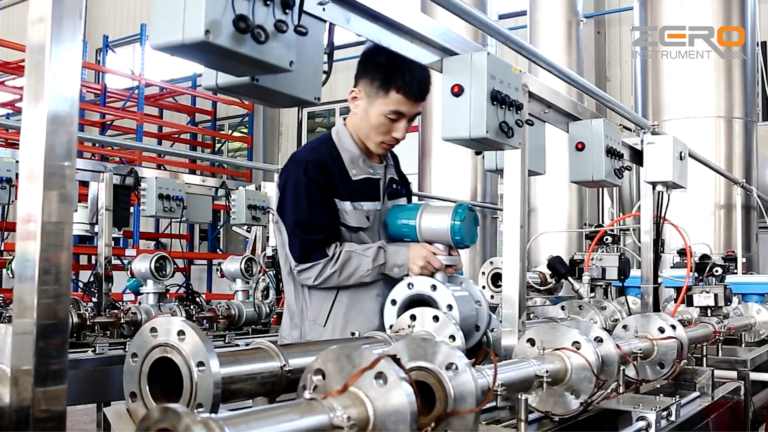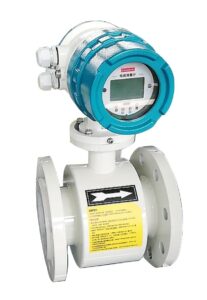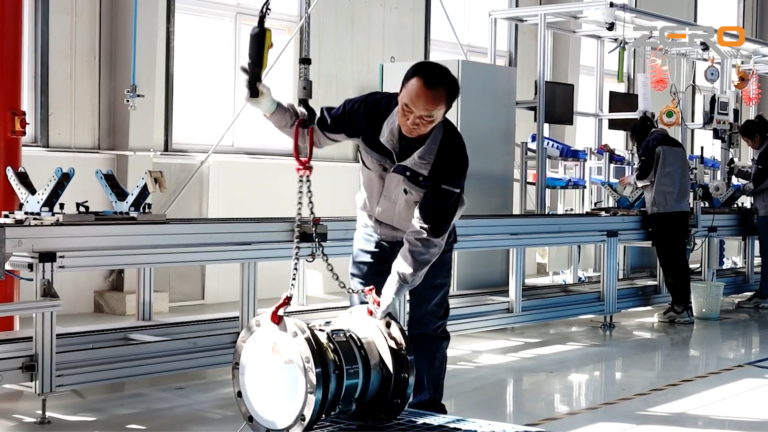From the very beginning of electromagnetic flowmeter research, we have been faced with the thorny problem of how to overcome various interferences. Because of this, in the future research process of electromagnetic flowmeters, people have listed its anti-interference technology as the primary technical issue.
The development of electromagnetic flowmeter excitation technology has greatly promoted the progress of its anti-interference technology. The first industrial application of electromagnetic flowmeters began in the late 1950s. The development of electromagnetic flowmeter anti-interference technology has gone through several stages.
Each advancement is to solve the problem of its anti-interference ability, prompting a leap forward in electromagnetic flowmeter anti-interference technology. The performance indicators of the electromagnetic flowmeter are improved.

In the late 1950s and early 1960s, in order to weaken the influence of severe polarization potential on the electrode surface under a DC excitation magnetic field, power frequency sine wave excitation technology was adopted. However, this resulted in power frequency interference such as electromagnetic induction and electrostatic coupling, resulting in the use of complex Various anti-interference measures such as orthogonal interference suppression circuits are difficult to completely eliminate the influence of power frequency interference noise, resulting in difficulty in stabilizing the zero point of the electromagnetic flowmeter, low measurement accuracy, and poor reliability.

In the mid-1970s, with the development of electronic technology and the advent of synchronous sampling technology, low-frequency rectangular wave excitation technology was used to change the morphological characteristics of power frequency interference, and power frequency synchronous sampling technology was used to obtain better resistance to power frequency interference in electromagnetic flowmeters. capabilities, improved measurement accuracy, stable zero point, and enhanced reliability.

In the early 1980s, three-value low-frequency rectangular wave excitation technology, dynamic zero calibration technology, synchronous excitation, and synchronous sampling technology were used to obtain the best zero-point stability of the electromagnetic flowmeter and further improve the ability to resist power frequency interference and polarization potential interference.
In the late 1980s, dual-frequency rectangular wave excitation technology was adopted, which can not only overcome the mud interference and fluid flow noise generated by fluid media, but also have the zero-point voltage stability of low-frequency rectangular wave excitation electromagnetic flowmeters, achieving zero-point stability and resistance to electromagnetic flowmeters. The best combination of interference capability and response speed.

Therefore, the advancement of electromagnetic flowmeter excitation technology, on the one hand, changes the shape and characteristics of the orthogonal interference potential, and on the other hand, reduces the order of magnitude of mud interference and flow noise, thus improving the anti-interference ability of the electromagnetic flowmeter.
Therefore, the improvement of electromagnetic flowmeter excitation technology It is the most effective anti-interference measure.
